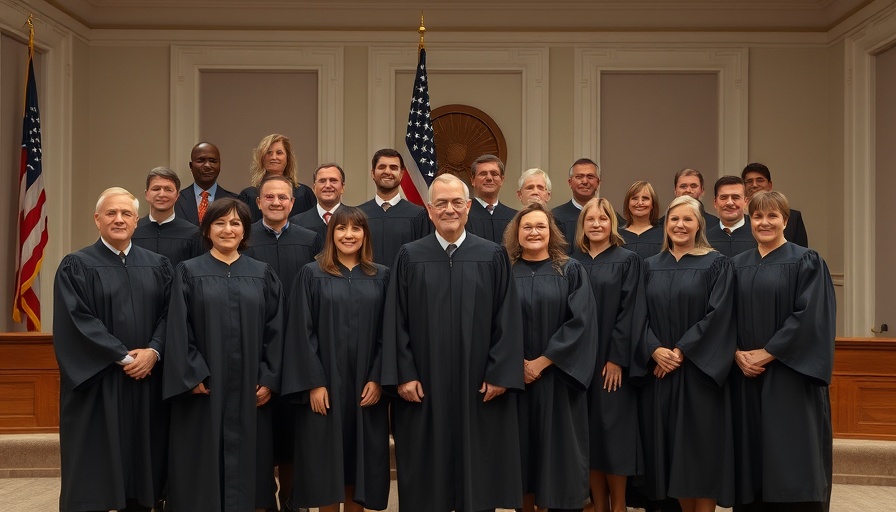
Reimagining Detroit's Riverfront: Mayor Duggan's Vision for Transformative Change
Detroit's riverfront, often overshadowed by the city’s industrial past, is poised for a dramatic makeover. In the wake of his recent State of the City speech, Mayor Mike Duggan shared ambitious plans that could redefine the skyline and improve public access to the waterfront. Set against the backdrop of the Renaissance Center, this redevelopment aims to not just beautify the area, but to reinvigorate the cultural and economic vitality of the city.
Historical Context: The Importance of Detroit's Riverfront
The Detroit Riverfront has long been a central piece of the city’s identity, but years of neglect and blight stripped it of its potential. The Renaissance Center, an iconic symbol of corporate Detroit, has surrounded itself with vast parking lots that left much of the promenade inaccessible. Today, the vision proposed by Mayor Duggan and his team is designed to turn these underutilized spaces into inviting parks and community hubs, encouraging both local engagement and tourism.
Public Reaction: What the Community Feels
As Mayor Duggan discussed his plans, he noted the feedback from Detroiters was essential. One visitor, Gulain Reif, emphasized the importance of the projects in attracting tourists and benefiting local residents alike. There’s a palpable excitement about the plans to transform the riverfront into a space reminiscent of Chicago’s Navy Pier, linking the community through recreational avenues. But not everyone is on board; some residents like Reelaviolette Botts-Ward posed essential questions about whom these changes truly serve and how the public vision might expand to include diverse community voices.
Addressing Urban Blight: A Testament to Progress
In reflecting on the progress made during his tenure, Mayor Duggan highlighted the significant reduction in urban blight. Neighborhoods previously considered undesirable are witnessing property values surge, with homes going from nearly unsellable to desirable within a few years. This, he argues, has been achieved by focusing on the needs and inputs of the residents who have remained, rather than catering to developers from outside the community. “These investments are designed for the people who stayed,” Duggan insists, showcasing a commitment to reinvesting in existing communities.
Future Predictions: What’s Next for Detroit?
With plans to demolish two towers of the Renaissance Center and construct a six-acre riverfront park, the next steps are crucial. This redevelopment is not just about aesthetics—it symbolizes a broader strategy to provide new recreational spaces, attract businesses, and cultivate a thriving ecosystem along the Detroit River. The potential for enhanced public spaces can positively impact local businesses and, by extension, the economy, suggesting a holistic approach to urban development.
Key Takeaways: A Community-Centric Approach to Development
The strategies employed by Duggan highlight a significant shift in urban redevelopment philosophy. The focus on selling vacant lots to neighbors rather than large developers illustrates a thoughtful approach to revitalization. By prioritizing community members, the city can ensure that wealth generated through these projects remains within local neighborhoods, fostering long-term stability and prosperity.
As Detroiters watch these developments unfold, the hope is that the riverfront will become a vibrant part of the community, contributing to the city's resilience and cultural resurgence. The notion that investments can yield multi-faceted benefits—ranging from aesthetic improvements to economic uplift—is one that underscores the importance of inclusive urban transformation.
In conclusion, the redevelopment of Detroit's riverfront under Mayor Duggan's leadership stands as a blueprint for cities grappling with the challenges of revitalization. As this vision unfolds, the call for community engagement remains paramount.
Stay updated and engaged with your local community developments—because civic participation enhances the future we all envision.
 Add Row
Add Row  Add
Add 




 Add Row
Add Row  Add
Add 

Write A Comment